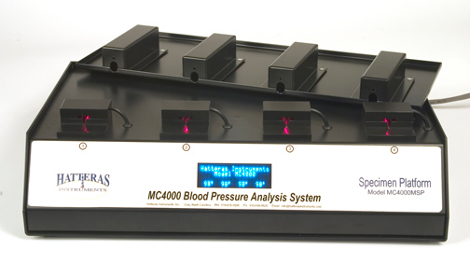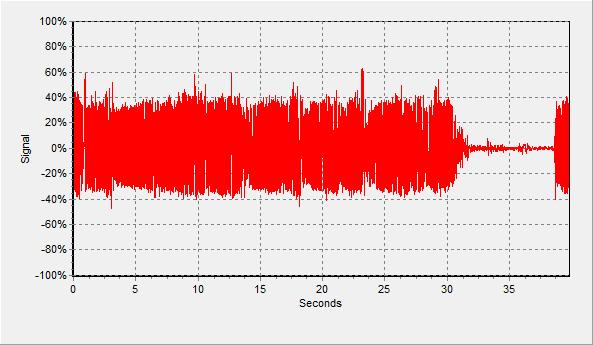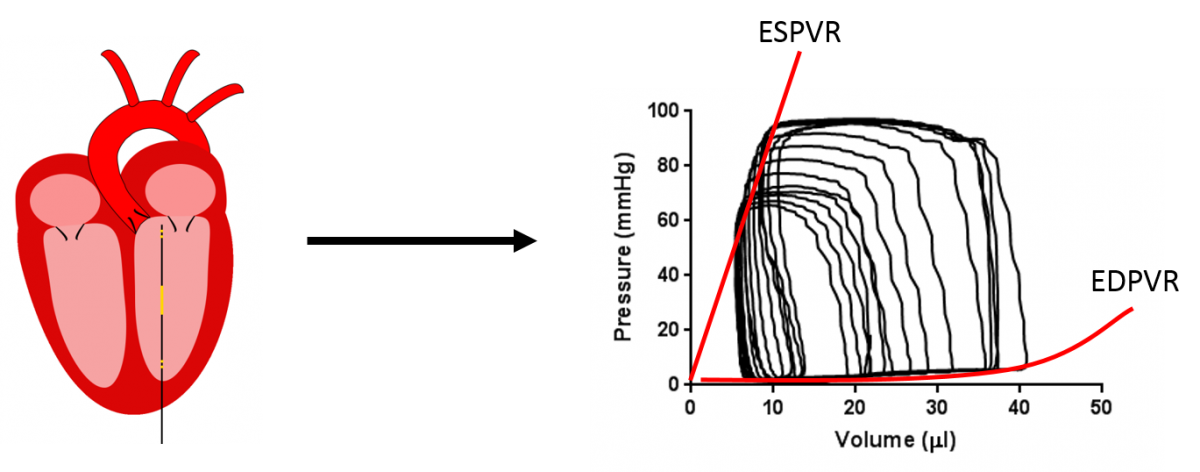Pressure-Volume Analysis
Hemodynamics acquired by high fidelity pressure-volume admittance catheters offer beat-to-beat analysis of complete cardiac function. The UAPC utilizes Transonic Scisence Pressure Volume Catheters for terminal hemodynamic studies. Left ventricle catheterization with pressure-volume transducers is commonly utilized to assess basal left ventricle functions such as ionotropy and lusitropy. The generation of pressure-volume loops offers the unique advantage of enabling a more specific measure of cardiac performance independent of loading conditions and heart rate, which is not possible with other approaches such as echocardiography. Pressure-volume analysis allows for calculation of indices of systolic and diastolic function such as:
- cardiac output
- work
- power
- end systolic pressure-volume relationship (ESPVR)
- end diastolic pressure-volume relationship (EDPVR)
- end systolic elastance (Ees)
- arterial elastance (Ea)
- max and min dP/dt
- preload-recruitable stroke work (PRSW)
- tau


Tail-cuff Blood Pressure System (available soon)
The tail-cuff blood pressure system offers an accurate and non-invasive measurement of systolic, diastolic, mean arterial pressures, and pulse rate in conscious mice. Up to 4 mice can be monitored simultaneously.
For a complete list of hemodynamic services offered, Contact Us or see our Hemodynamic Request Form.


